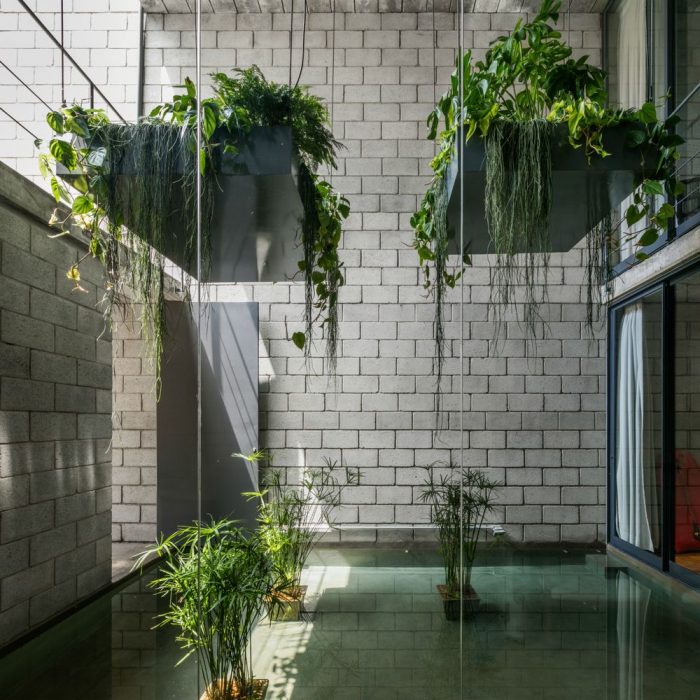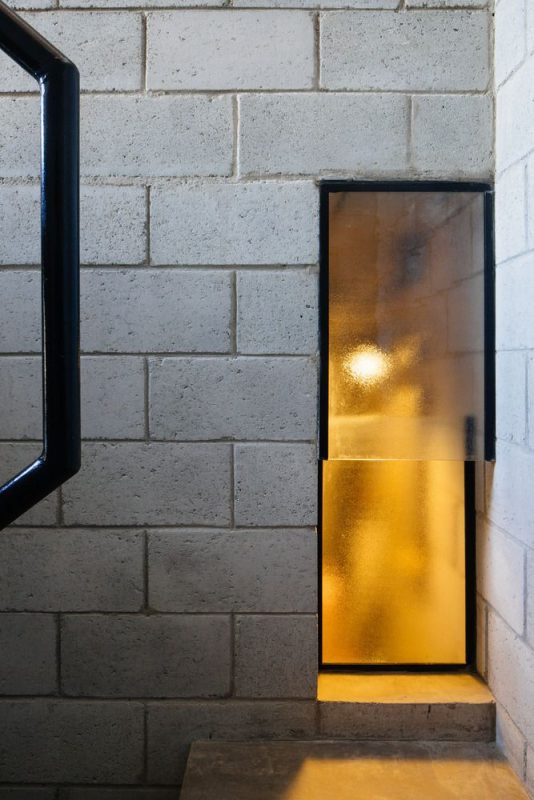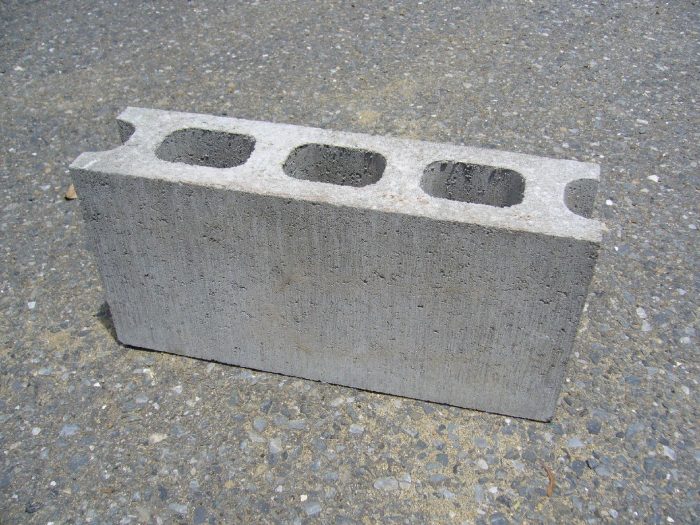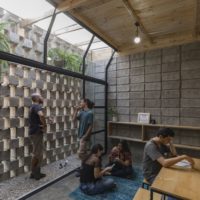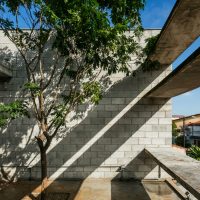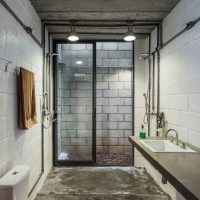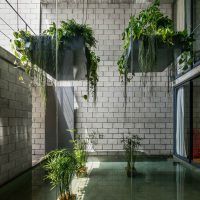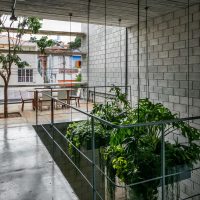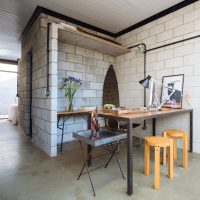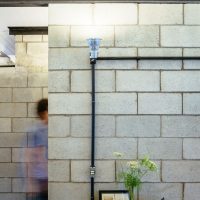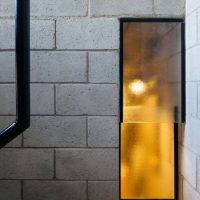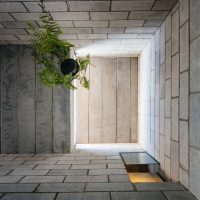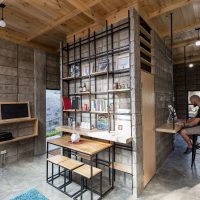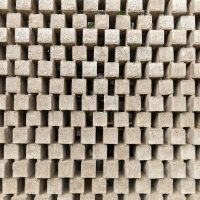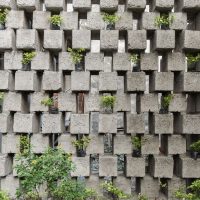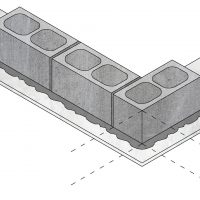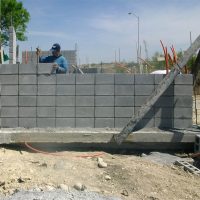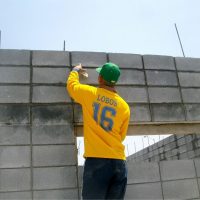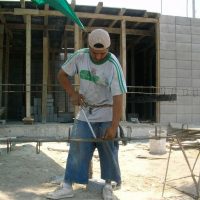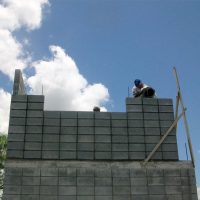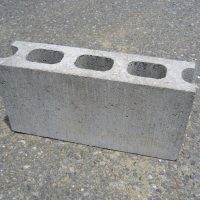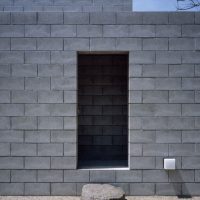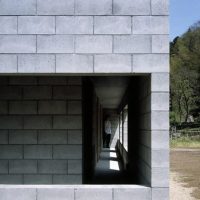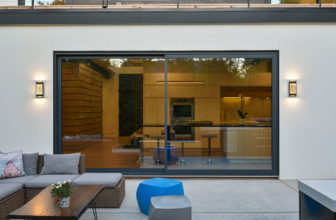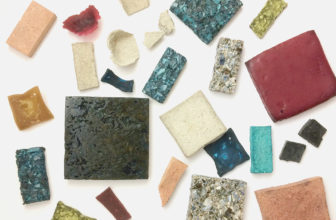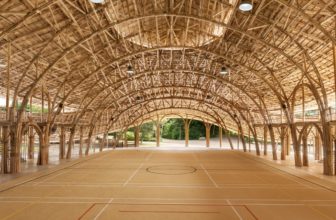As an architect or a designer, you know that you have a world of building materials that you can pick and choose from, but when should you opt for one material and not another? Today, we are going to go over one of the oldest building materials known to man: Concrete. Concrete is a building material comprised of water, cement, gravel, sand, and a number of aggregates.
Humanity’s use of concrete dates back to the Pharaohs in Ancient Egypt, so it is no wonder that it is the second most-used material in the world following suit to water. Concrete is a versatile, affordable material that’s used in the construction world on a daily basis. This article will tell you all you need to know about concrete blocks, whether they would fit into your project or not, the latest updates about eco-friendly concrete, and even ways to reuse and recycle concrete blocks in your own home.
Why concrete blocks are one of the best building materials for architects
-
Concrete blocks are incombustible
Concrete blocks can withstand fires and extreme heat without catching fire or losing their shape. Concrete blocks recovered from great fires can be recycled into concrete blocks once more which makes it one brilliant material that’s easy to repair and recycles.
-
Concrete blocks are cost-efficient
Concrete blocks are one of the cheapest building materials there are in a list that includes reclaimed timber and the likes of recycled materials. They are a must-have for any low-cost project.
-
Versatility
Concrete blocks can be pressed into numerous shapes and their performance in construction is always guaranteed. Concrete blocks do not only come in many shapes but also countless colors and their surface texture is amazing for indoor as well as outdoor use.
-
Concrete blocks come in the same size and shape (if you want them to)
When you have a uniform, modular design in mind, then concrete is your go-to material. They are the perfect fit for any accurate design you’re aiming at since you can experiment with the number of blocks you’ll have to use and the outcome will be guaranteed due to these meticulous units. (Which also means that you will be able to calculate the cost beforehand and explore your options for building materials.)
-
Acoustic and thermal insulation
Concrete blocks and concrete walls are great noise insulators, therefore they are the best building material for shared spaces such as dorms, apartment complexes, and many more. This means they provide the residents with privacy and improves the user’s experience to a great extent.
The insulative properties of concrete blocks do not end at that, they actually provide thermal insulation as well. Concrete blocks are very dense, therefore they can store or lose heat over a long period of time. There are also several options, such as single sheet solutions, that increase these insulative properties.
-
Water-resistant
Although concrete blocks are prone to long term damage due to exposure to rain and very low temperatures, they still have low levels of water absorption. If concrete blocks do absorb water, however, they are still breathable materials that air out this water and can be easily cleaned. In terms of increasing the waterproofing qualities of concrete blocks, certain additives can increase their surface tension and prevent water absorption.
Concrete blocks in interior design
Concrete blocks are an incredible building material but their use is not limited to constructing the walls you live within. Concrete blocks can be reused in interior design as decorations or even furniture. You can arrange concrete blocks in several ways to create benches, couches, and even vases and tables. Reusing old concrete blocks in interior design is one great way of taking care of the environment that anyone can be part of.
Environmental impact of using concrete blocks
The use of concrete blocks in and of itself does not cause great harm to the environment, but the process of manufacturing it does. The cement-making industry is responsible for roughly 5% of CO2 emission in the world, and it the third biggest source of man-made CO2 emission after transportation and energy generation. Some also argue that the overuse of concrete destroys natural scenery and causes visual pollution. However, as a matter of fact, the misuse or overuse of any building material can cause that.
Concrete may cause a harmful impact on the environment, but it’s not all just downsides to using concrete and concrete blocks. Our need for concrete in construction is pushing designers and scientists further down the way of developing eco-friendly concrete blocks to help integrate its use with sustainable architecture. So what’s the latest news in the world of eco-friendly concrete?
Green concrete
Since we have already talked about the carbon footprint caused by the concrete-making industry, it was only natural that humanity started looking for a way to greenify its favorite building material. The industry is pursuing eco-friendly methods for manufacturing concrete blocks, meanwhile, designers and architects are looking for ways to reuse and recycle them in their projects.
With the industry and architects working hand-in-hand, we are presented with an alternative to conventional concrete that curbs energy consumption and requires less maintenance, and overall cause less harm to the environment. Now, we are going to take a look at two alternatives to classic concrete blocks that are greener, more sustainable, and eco-friendly.
Fly Ash Concrete
Using fly ash (a byproduct of burning coal) in the making is one of the approaches followed to make the concrete blocks-making process more environmentally-friendly. The use of fly ash in the making of concrete blocks has many advantages, and they all make using concrete blocks one of the best construction options there is.
First of all, the use of fly ash in concrete blocks mixtures reduces the CO2 emission that stigmatizes the concrete industry. Fly ash guarantees lower water-cement ratio in the making of concrete blocks and also increases their heat-insulating properties, making them a wonderful choice for cold climates. It also reduces bleeding, permeability, and crack problems, requiring less maintenance work.
Watershed Concrete Blocks
This is a masonry unit made of fused soil and rock fragments along with clay and other minerals using only about half the amount of cement that classic concrete blocks use while weighing 30% more. This unit is one step closer to making the use of concrete blocks more sustainable and environmentally friendly. The purpose of Watershed blocks is to make the concrete blocks-making industry less energy-consuming, more geographically appropriate, and definitely recyclable.
Is concrete the building material of the future?
We certainly overlook how unique the texture and appearance of concrete blocks are and that’s why their true potential was never exploited. As a designer or an architect, you can use the distinct looks of concrete blocks and merge them with water or vegetation to achieve your desired vision while working on a tight budget. Concrete blocks are versatile and this will enable you to experiment with them in any way you want, you can mold concrete blocks in different shapes to achieve different purposes such as providing natural ventilation or playing with natural lighting.
Old-fashioned concrete blocks do have a negative impact on the environment rather indirectly, but now the world is moving towards making the best out of a building material while having the least impact on the environment. You can experiment with greener alternatives of concrete blocks or reuse old concrete blocks in your interior design to help preserve energy resources and materials. There is no doubt that concrete blocks are here to stay, and this wonderful building material is ever-evolving with an endless potential that’s yet to be explored.
- Photography by © JAG Studio
- Photography by © Nelson Kon
- Photography by © Nelson Kon
- Photography by © Nelson Kon
- Photography by © Nelson Kon
- Photography by © Pedro Kok
- Photography by © Pedro Kok
- Photography by © Pedro Kok
- Photography by © Pedro Kok
- Photography by © Pedro Kok
- Photography by © Gonzalo Viramonte
- Photography by © Gonzalo Viramonte
- Photography by © Gonzalo Viramonte
- Photography by © JAG Studio
- Photography by © JAG Studio
- Photography by © JAG Studio
- Photography by © Alejandro Cartagena
- Photography by © Alejandro Cartagena
- Photography by © Alejandro Cartagena
- Photography by © Alejandro Cartagena
- Photography by © Takao Shiotsuka Atelier
- Photography by © Takao Shiotsuka Atelier


